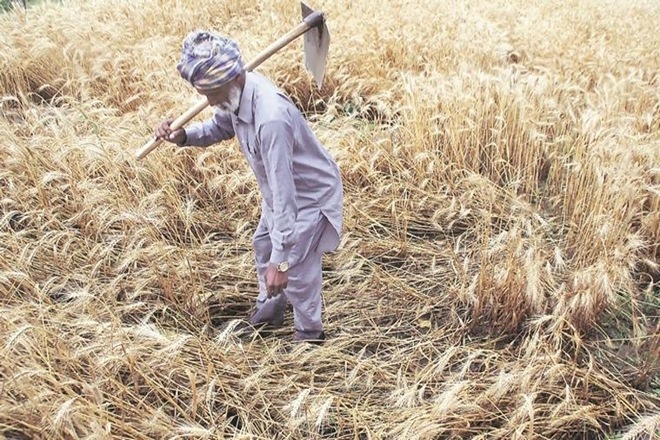By Kushankur Dey
Farm loan waivers—of more than Rs 850 billion in FY18 and FY19, announced by various state governments—are the flavour of the season. This can affect credit offtake and induce further stress for banks and amount to another agrarian crisis. Farm sector NPAs accounted for 16% of banks’ advances under the priority sector lending in October 2018. Post the early waiver-announcements, credit growth in agriculture and allied activities has been a meagre 2.9% between April and October 2018, and 8% on a y-o-y basis. In FY17, the credit growth reported was 13%, followed by 5.5% in FY18.
Now, the impact farm-loan waivers would have on rural credit offtake and farmers should attract the immediate attention of policymakers and academics.
Read | Investing tips for 2019: Five key things to keep in mind while investing in SIPs
Note, credit is a critical resource for farming households in carrying out crop production, meeting consumption and pecuniary expenses. More than 85% of India’s farmers have small and marginal holdings, and under the priority sector lending route, at least 8% of the agriculture lending should reach them. However, credit access from the institutional sources has been limited as the moral hazard of non-repayment and adverse selection in credit financing to small farmers are extremely high. Even if small/marginal farmers access short-term crop loan capped with an insurance premium, they often fail to repay the loan amount after realising proceeds from the harvest. So, from a rational expectation point of view, production quantum, level of inventory, previous debt outstanding, and market clearing price decide farmers’ ability to repay the loan. Otherwise, they tend to default on repayment.
Before exploring any causal relationship between loan waiver schemes and credit offtake, we must look at the credit-deposit flow in rural areas and performance of rural banks. For instance, regional rural banks (RRBs) among the scheduled commercial banks (including urban cooperative banks and local area banks) accounted for 25.1% of total institutional credit offtake in 2016-17 and, until now, remain a major source of institutional credit flow.
It is observed that increase in credit offtake in specific regions (as rural banks follow a service area approach) has slowed. Credit-deposit ratio across the states has been showing a trend of declining health. This implies that rural banks are not in position to mobilise the required amounts of deposit to make proportionate lending and that has affected their metrics of operating efficiency in terms of risk-weighted capital adequacy ratio, net interest income, return on assets, and economic value of equity.
Also read | Want to come out of credit card debt trap? This can help you
Findings also suggest that the trend of credit-deposit ratio owing to farm loan waivers can induce stress in rural banking and, as a consequence, banks will be reluctant to lend further to the farm sector.
Farm loan waiver schemes can produce a trickle-down effect on credit offtake, deposit mobilisation, bank operation and performance. Though direct institutional credit in agriculture has increased to 89.8% in 2016 from 76.1% in 2010, and the magnitude of indirect credit has reduced from 22.9% to 11.2% between 2010 and 2017, the rural credit outlook is likely to change in the aftermath of loan waivers. In this regard, it is worth noting that the share of long-term credit to the farm sector has declined from 74.3% in 1991 to 37.8% in 2012 as the rural cooperatives and RRBs could not channelise investment credit into rural farm sector effectively.
Though the share of informal credit in total outstanding debt has gone down with various RBI initiatives and legislations of state governments to regulate moneylenders, farm loan waivers could push small/marginal farmers to the brink and compel them to depend on varying informal sources for credit. They have to then bear exorbitant rates of interest, ranging between 24-36% per annum. Eventually, credit lending rates and magnitude of NPAs will go up in the foreseeable future. This can downgrade the rating of banks in particular and destabilise the functioning of the credit market in general.
So, farm loan waivers are just pet measures for politicians while they worsen the plight of farmers in the long term and make it difficult to rejuvenate the credit culture between institutional lenders and farmers.
Flexibility in crop loan repayment depending on revenue realisation from farming and subvention on interest rates based on repayment frequency can catalyse the pace of rural credit offtake, and eventually mitigate stress for banks.
(Author teaches finance at IIM, Bodh Gaya)
